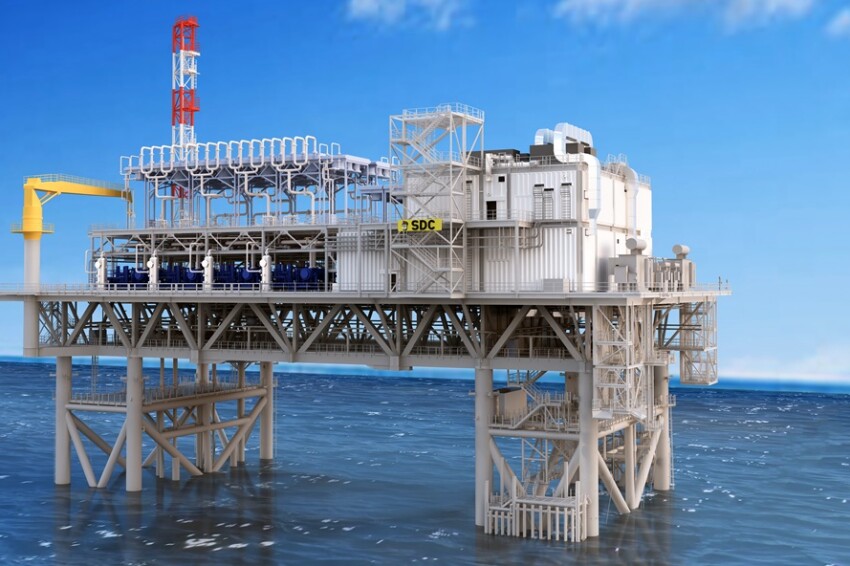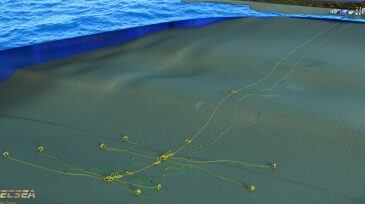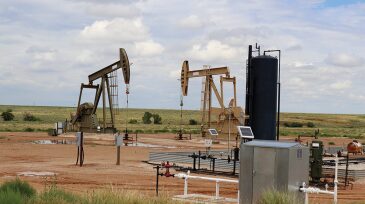Mature fields
BP’s new electric gas compression platform at Shah Deniz, Azerbaijan’s largest natural gas producer, is expected to sustain exports to Europe even as the field enters decline.
ExxonMobil joins BP, Chevron, and TotalEnergies in greenlighting new investment projects in Iraq in 2025 as the government targets oil production of 6 million B/D by 2029.
Intelligent completions could improve many of the world’s oil and gas wells, but not all are suited to the technology. There is another option.
-
In this year’s papers on mature fields and well revitalization, I have found operators focusing on making all-out efforts to improve their ongoing waterflood operations to extend the life of existing wells, which is preferred over drilling new infill wells.
-
The complete paper outlines some of the challenges involved in late-life field management and how Reserves assessment may be affected.
-
To have the flexibility to treat both rich and lean gas wells [up to 100% gas volume fraction (GVF)], a new multiphase pump system has been developed by comparing the different boosting systems performance and analyzing well-by-well production scenarios.
-
To further reduce backpressure on low-pressure gas wells and increase reserves in a mature gas field, a gas-ejector project was evaluated and proposed.
-
The complete paper presents a solution that assesses tight matrices and natural fractures at a level not previously achieved. At the tight-matrix level, advanced nuclear spectroscopy is carried out with a new pulsed-neutron device that achieves simultaneous time- and energy-domain measurements.
-
The complete paper presents a large-scale work flow designed to take a vast amount of data into consideration. The work flow can be scaled for projects of any size, depending on the data available.
-
This paper describes a coiled tubing gas lift (CTGL) technique successfully used to restart production from two pilot wells in a mature field in Pakistan that had been shut in since 2015.
-
This case study describes how gas condensates within a subsea tieback system behave very differently to condensed water from a wet-gas system and therefore a pseudo dry-gas system needs to be configured differently for gas-condensate developments.
-
Production data from the oldest horizontal wells in the three largest oil plays in the US show that annual decline rates remain relatively high for a long period of time. This challenges assumptions held about production after 5 years and directly affects reserve and ultimate recovery estimates.
-
Production decline with field maturing is a natural phenomenon, but the efforts to mitigate this decline are truly remarkable. Achieving this feat requires not only a deeper understanding of the subsurface process involved but also a total synergy between the various disciplines engaged.



![JPT_2025-09_GuestEd1_SS_382853197[4].jpg](https://assets.spe.org/dims4/default/b4eb909/2147483647/strip/true/crop/850x478+0+44/resize/320x180!/quality/90/?url=http%3A%2F%2Fspe-brightspot.s3.us-east-2.amazonaws.com%2F8a%2F95%2Fe4e82cb54fd597d497a5b1267f8a%2Fjpt-2025-09-guested1-ss-3828531974.jpg)









